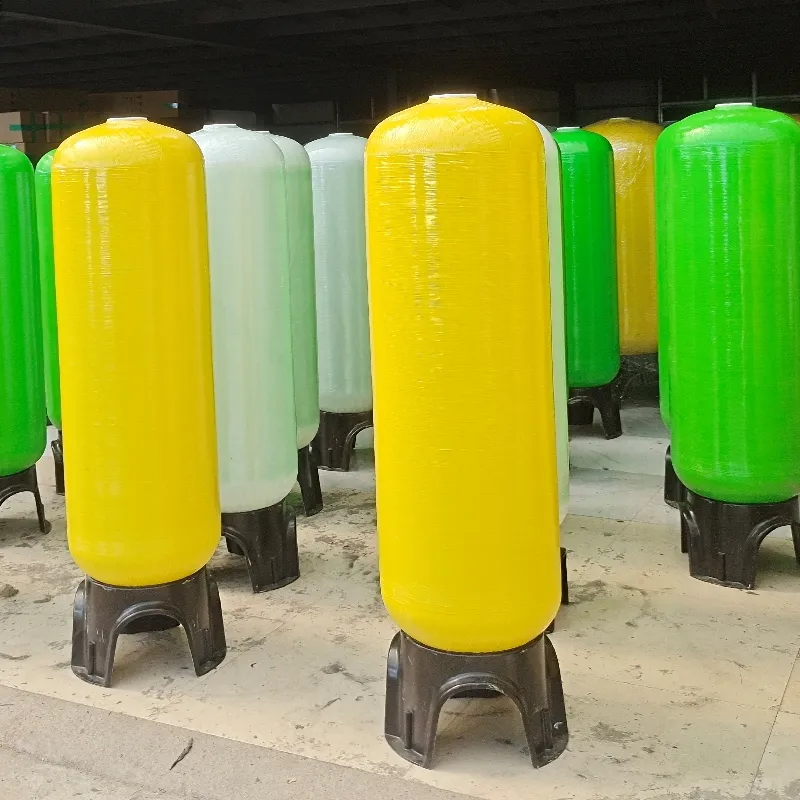loading...
- No. 9, Xingyuan South Street, Dongwaihuan Road, Zaoqiang County, Hengshui, Hebei, China
- admin@zjcomposites.com
- +86 15097380338
- Welcome to visit our website!
frp walkway solar
The Advantages of FRP Walkways in Solar Energy Applications
In recent years, the shift towards renewable energy sources has gained significant momentum, with solar power leading the charge. As solar installations continue to proliferate, the need for efficient and durable infrastructure becomes paramount. One solution that has emerged as a frontrunner is the use of Fiber Reinforced Polymer (FRP) walkways. These innovative structures not only address safety and accessibility challenges but also enhance the overall efficiency of solar power facilities.
Understanding FRP Materials
Fiber Reinforced Polymer (FRP) is a composite material made from a polymer matrix reinforced with fibers, usually glass, carbon, or aramid. The unique properties of FRP make it an ideal choice for various applications, especially in environments that pose challenges to traditional materials. FRP is lightweight, corrosion-resistant, and strong, making it suitable for outdoor installations exposed to the elements.
Enhancing Safety and Accessibility
Solar farms often require personnel to access photovoltaic (PV) panels for maintenance and monitoring. This necessity highlights the importance of safe and reliable walkways. FRP walkways provide a slip-resistant surface that ensures safety in various weather conditions, an essential feature when considering the unpredictability of outdoor environments.
Moreover, FRP walkways can be designed to accommodate a range of foot traffic, from maintenance staff to engineers conducting inspections. Their lightweight nature ensures easier installation and reduces the structural load on existing installations, making them a suitable choice for elevated platforms or remote areas where traditional materials might be impractical.
Longevity and Durability
One of the most significant advantages of FRP walkways is their exceptional durability. Traditional materials, such as wood or metal, are prone to weathering, rust, or decay over time, leading to increased maintenance costs and potential safety hazards. In contrast, FRP is resistant to corrosion, UV radiation, and chemical spills, which means it can withstand the harsh conditions often found in solar energy settings without degrading.
This longevity translates into long-term cost savings. With less need for repairs or replacements, energy companies can allocate resources more efficiently, focusing on expanding their solar capabilities rather than on maintenance issues.
frp walkway solar

Lightweight and Cost-Effective
The weight of materials plays a crucial role in solar farm design and construction. Heavy materials can impose significant load requirements on structures, necessitating more robust and expensive foundational work. FRP walkways, being lightweight, eliminate many of these concerns. Their ease of handling reduces labor costs during installation, making them a cost-effective alternative to traditional walkways.
Additionally, the use of FRP can facilitate faster construction timelines. With quick installation and minimal disruption, solar facilities can optimize their operations, ensuring that energy production continues uninterrupted.
Environmental Benefits
In alignment with the goals of sustainability that underlie solar energy development, FRP materials themselves can be produced in an environmentally friendly manner. Many manufacturers are incorporating recycled materials into their FRP products, thereby reducing waste and promoting a circular economy.
Furthermore, the durability of FRP walkways contributes to environmental conservation by minimizing the frequency of repairs and replacements, thereby reducing the demand for new materials and energy consumption associated with manufacturing processes.
Conclusion
The integration of FRP walkways in solar energy applications represents a significant advancement in the pursuit of efficient, safe, and environmentally friendly infrastructure. Their ability to provide a durable, lightweight, and cost-effective solution to the challenges faced by solar facilities makes them an indispensable asset in the growing renewable energy landscape. As the world continues to prioritize sustainable practices and technologies, FRP walkways stand out as a practical choice that aligns perfectly with the vision of a greener future.
In conclusion, embracing the benefits of FRP walkways can play a vital role in enhancing the efficiency of solar energy operations while ensuring safety and reducing environmental impact. As the solar industry continues to evolve, the adoption of innovative materials like FRP will be critical in driving the transition toward a more sustainable energy future.
-
Transform Your Spaces with FRP Grating SolutionsNewsNov.04,2024
-
The Versatility and Strength of FRP RodsNewsNov.04,2024
-
The Excellence of Fiberglass Water TanksNewsNov.04,2024
-
The Benefits of FRP Grating for Your ProjectsNewsNov.04,2024
-
Elevate Your Efficiency with FRP Pressure VesselsNewsNov.04,2024
-
Welcome to the World of FRP Pressure VesselsNewsOct.12,2024
-
Unveiling the Future of Filtration: Why FRP Filter Vessels are a Game ChangerNewsOct.12,2024
